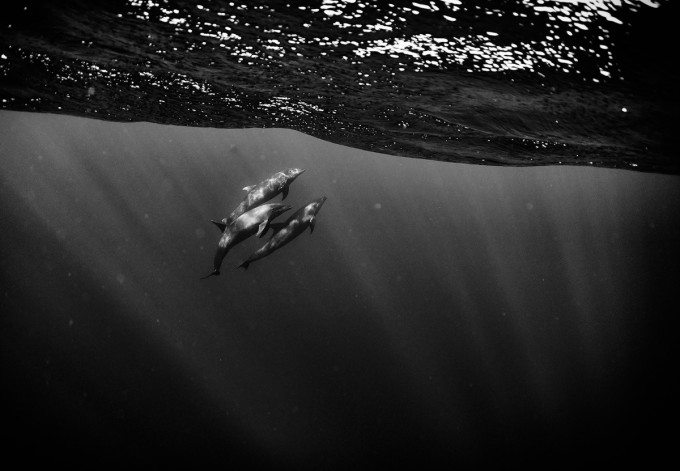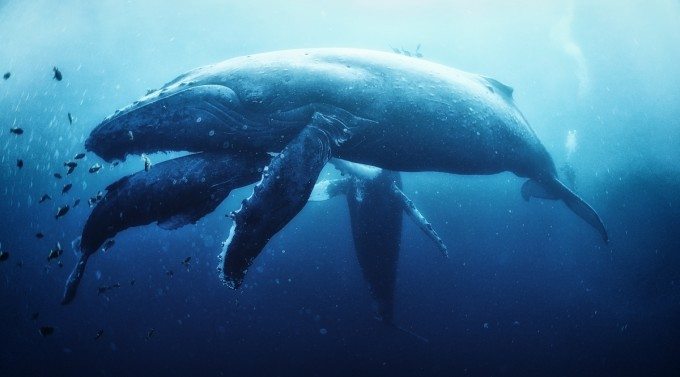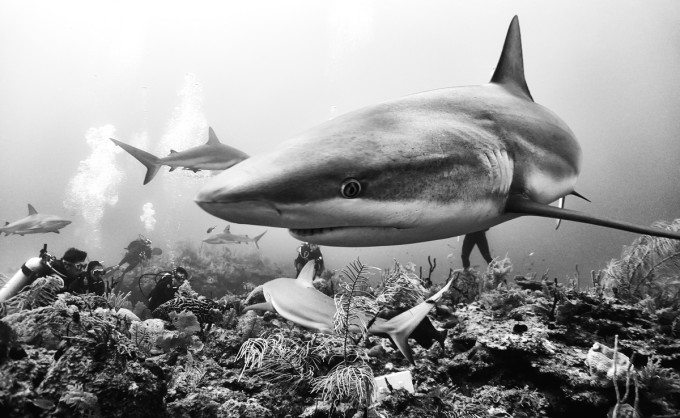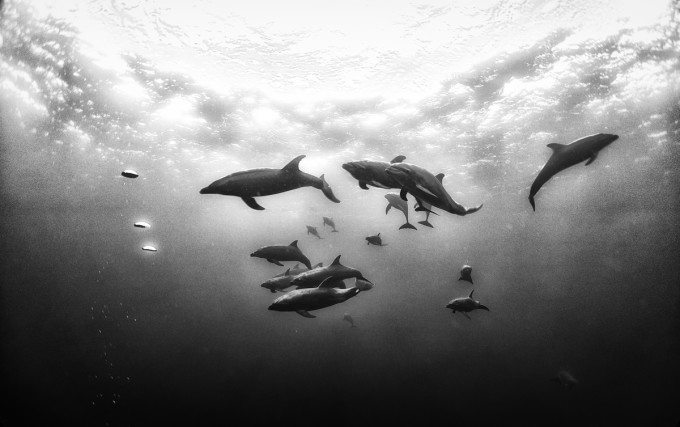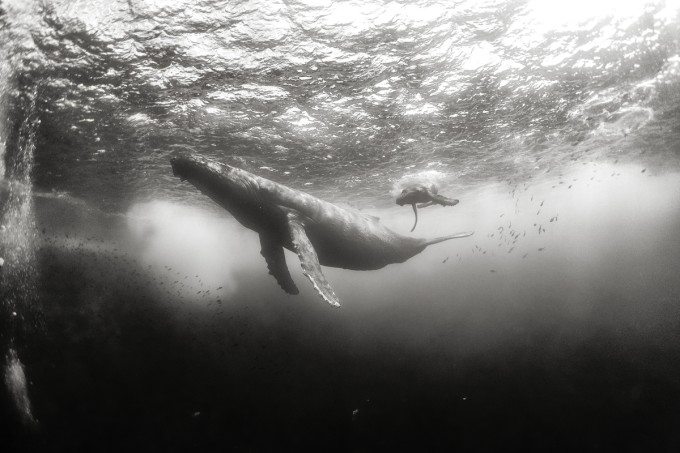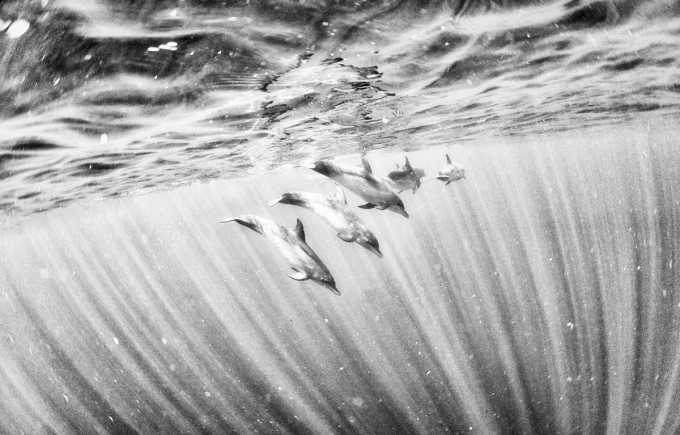Last Updated on 08/10/2015 by Chris Gampat
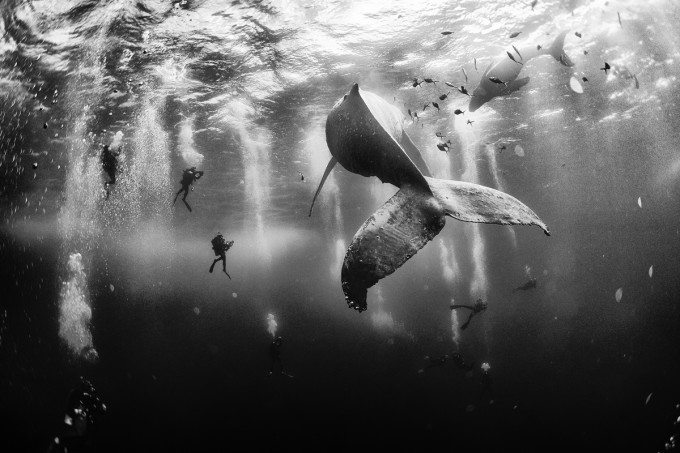
All photographs are copyrighted and used with permission by Anuar Patjane.
It is underwater where Anuar Patjane made an image that turned heads. A mother humpback and whale and her newborn calf swam towards some divers in the Pacific Ocean near Mexico, and Patjane pressed the shutter. The image shown above went on to win National Geographic’s Traveler Photo Contest recently, and we couldn’t help but reach out to find out more about Patjane’s work underwater.
For more of his work, check out his website and follow him on Instagram.
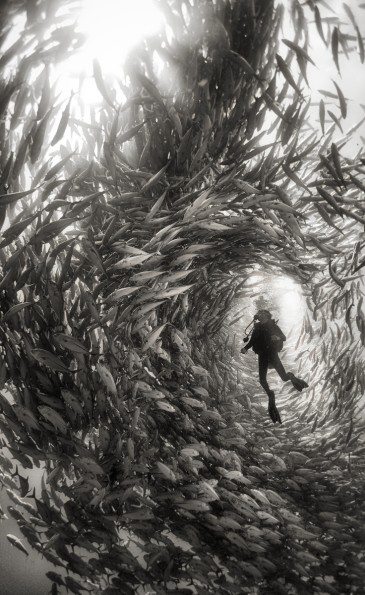
Phoblographer: You have a truly incredible series of underwater photographs. What drew you to life underwater?
Thank you very much. My mother is a diver and a marine biologist, so she always insisted that I should try diving and see if I like it. I took the basic PADI open water course when I was 17 years old and learned to dive in the norwegian fjords. After I did, I got hooked to diving, it is not just what I see underwater, the feeling I get when I dive is a beautiful thing in itself.
Phoblographer: I can’t imagine what it must have been like to see the whales, fish and divers come together like that in your award-winning photograph. Paint the picture for us, what was that moment like?
Before the photograph was taken the exiting part happened, I stayed with the whale and calf for more than 5 minutes, just a few centimeters away from them. Whales look directly into your eyes and you can feel a connection as with other mamals. You know when you are welcome or not by observing the body language of the whale. We were not the only mammals visiting the whales, dolphins were also playing arround and surfacing along the whale calf, it seemed like an imitation game. After a while, the whale mother decided to move towards the rest of the divers, and thats when the photograph came to life, I knew that the whole event would be full of movement so I awaited for the right moment to click.
Phoblographer: Beyond its epic scope, part of what makes “Whale Whisperers” notable is your equipment choice: a Sony RX100 as opposed to a bigger, what some might call a more serious camera. What led you to choose this camera, and what’s your underwater rig?
At the time, the RX100 was the most advanced compact camera on the market, I read very good reviews and learned that the dinamic range of the sensor was quite impressive, so I went for it. I enjoy diving so much that I do not want to bother carrying a huge housing and strobes, so all I use is the sony RX100, a Nauticam housing and a Inon wide angle lens and and Inon dome.
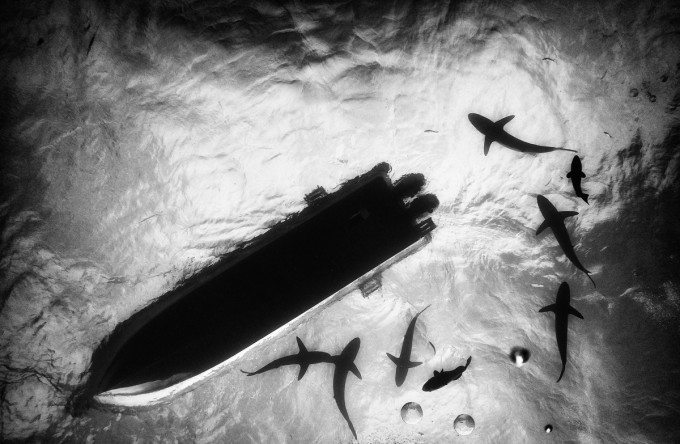
Phoblographer: In your description of “Whale Whisperers,” you referenced needing to make the Revillagigedo Islands a UNESCO Natural Heritage Site. What’s happening to the islands, and how do you see these photographs helping?
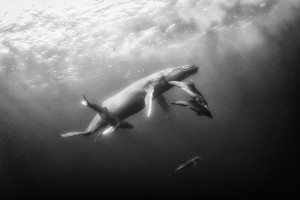
Yes I did. Although it is being protected by the Mexican law and a military base is in one of the islands, illegal fishing is still a mayor concern there, it is very difficult to patrol those islands with the limited resources that they have. I believe that photographs that show the abundance of life and beauty of Revillagigedo might help attract a some atention and awarness about this highly unknown place, even for us, Mexicans, it is a place that we never hear about.
Phoblographer: What are some of the challenges of photographing underwater?
Underwater photography is a whole different story than “land” photography, everything is more technical and hard to control when you are underwater, you can not correct easily your camera configuration in difficult diving conditions, you have to do what you can when there is almost no light in deep places, white balance is always tricky, and many many things more. But if you keep things simple and learn the advantages and disadvantages of your configuration, you can get consistent results.
Phoblographer: What advice do you have for photographers who want to get into underwater photography?
Depends on how seriously or how passionate you are about it, but in general if I have to start all over again I would begin again with a small camera and housing and find out what are the things that attract my photographic eye down there. You have to know what you want to photograph before you plan to buy a more complex equipment.
